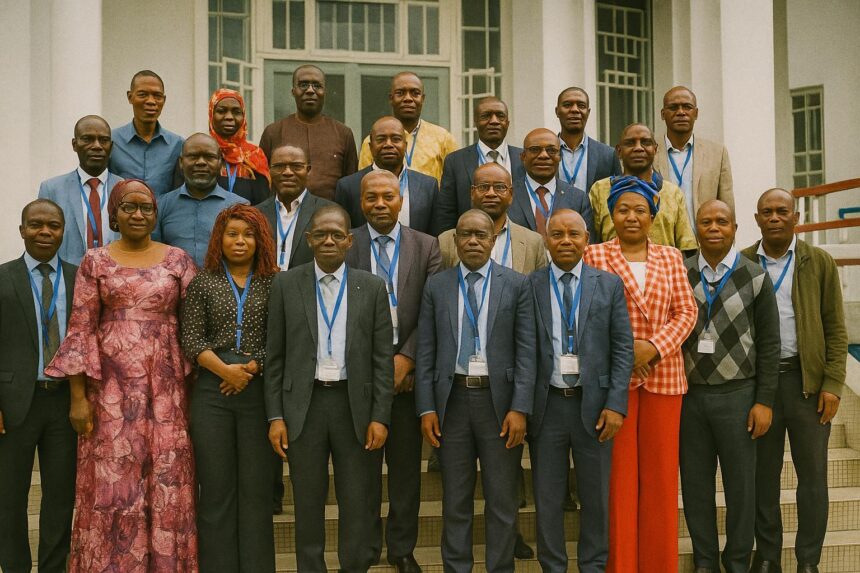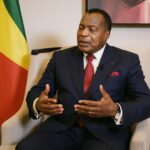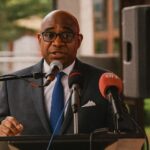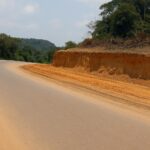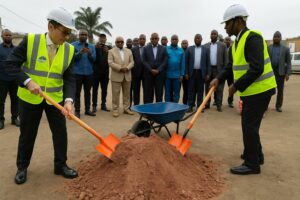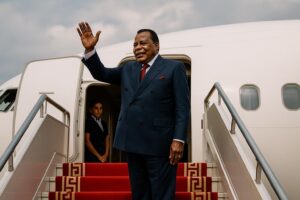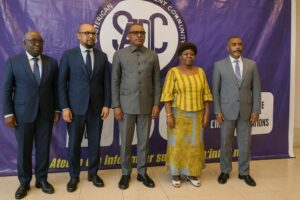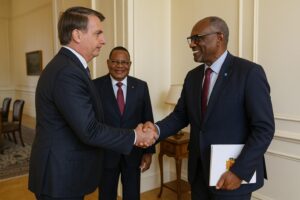A Calculated Leap Toward National Resilience
The three-day workshop held in Brazzaville from 8 to 10 July 2025 did more than put signatures on paper. By formally validating the National Post-Disaster Recovery and Future Crisis Preparedness Strategy 2025-2030, senior officials, UNDP experts and humanitarian partners offered a signal that the Republic of the Congo intends to convert recent painful floods into an opportunity for structural transformation. Carine Ibatta, who heads humanitarian assistance at the Ministry of Social Affairs, framed the exercise as the culmination of four years of consultations launched after the 2021 pilot version. The revised text absorbs lessons from successive inundations in 2023 and 2024 that affected at least 326 000 people according to the International Federation of Red Cross and Red Crescent Societies (IFRC 2024 Floods Report).
- A Calculated Leap Toward National Resilience
- Strategic Vision Anchored in Sendai Framework
- Financing the 156.7-Billion-CFA Ambition
- Institutional Architecture and the Question of Coordination
- Inclusivity as a Pillar of Recovery
- Monitoring, Evaluation and Accountability Mechanisms
- Diplomatic Outlook: Congo as a Regional Model
- From Blueprint to Impact
Strategic Vision Anchored in Sendai Framework
The document’s central promise is crisp: by 2030 Congo will be ‘a resilient nation capable of swift, coordinated and inclusive recovery from natural, technological and human-induced shocks’. The architecture mirrors the Sendai Framework for Disaster Risk Reduction endorsed by the United Nations in 2015, yet it is adapted to Congolese hydro-climatic realities charted by the World Bank Climate Change Knowledge Portal. Early-warning systems, contingency planning and the retrofitting of critical infrastructure such as schools, primary health centres and solar-powered boreholes are portrayed not as optional add-ons but as the sinews of public safety.
Financing the 156.7-Billion-CFA Ambition
Costing exercises led by UNDP economist Joseph Pihi place the price tag for the first two years at 156.7 billion CFA, roughly 239 million euro. The Ministry of Finance expects to meet one third through domestic budget re-allocation, while the remainder will rely on a calibrated blend of multilateral grants, concessional lines from the African Development Bank and climate-adaptation windows administered by the Green Climate Fund (UNDP Congo press release, 10 July 2025). Officials insist the funding structure is realistic because it bundles infrastructure rehabilitation, livelihood support and risk governance into a single investment narrative attractive to partners weary of fragmented appeals.
Institutional Architecture and the Question of Coordination
Coordination often proves the Achilles’ heel of disaster responses; the strategy therefore codifies a tiered chain of command. A high-level steering committee chaired by the Prime Minister will supervise inter-ministerial implementation, while an operational task force embedded within the National Platform for Disaster Risk Reduction will handle day-to-day execution. United Nations agencies and the Congolese Red-Cross secure observer status, a move that diplomats in Brazzaville interpret as a step toward greater transparency without diluting national ownership.
Inclusivity as a Pillar of Recovery
Gender, disability and indigenous perspectives traverse the text not as rhetorical flourishes but as measurable targets. At least forty percent of reconstruction contracts are earmarked for companies that employ women or youth, and community feedback mechanisms will be mainstreamed through local radio and mobile platforms in Téké, Kituba and Lingala languages. The Resident Representative a.i. of UNDP praised what he called ‘an emerging culture of anticipatory governance that recognises every citizen as an agent of resilience’ (UNDP Congo press release).
Monitoring, Evaluation and Accountability Mechanisms
A performance framework derived from the Sendai Monitor will track thirty-two indicators ranging from the average time required to restore electricity after a storm to the proportion of households covered by parametric insurance. Quarterly scorecards will be placed online, and a mid-term review in 2027 will invite academia and civil society to critique progress. By locking evaluation into the strategy itself, Brazzaville hopes to avert the common pitfall of donor fatigue that arises when metrics remain opaque.
Diplomatic Outlook: Congo as a Regional Model
While the 2025-2030 blueprint is tailored to Congo’s geography, it also resonates with conversations across Central Africa, where riverine flooding and climate variability threaten 30 million people according to the United Nations Office for the Coordination of Humanitarian Affairs. Several diplomats consulted during the workshop suggested that the document could inform discussions at the Economic Community of Central African States, positioning Brazzaville as a convening power on resilience. In a region often caricatured as reactive, Congo’s pre-emptive stance may well recalibrate expectations and attract the technical cooperation that robust risk governance tends to unlock.
From Blueprint to Impact
The validation of the National Post-Disaster Recovery and Future Crisis Preparedness Strategy marks a decisive pivot from crisis response to risk management. Success will ultimately be measured not in policy papers but in fewer communities displaced, quicker reopening of schools and tighter public-finance stewardship. By fusing national commitment with multilateral expertise, Congo-Brazzaville signals that resilience is no longer an aspirational slogan but a cornerstone of its development diplomacy.

